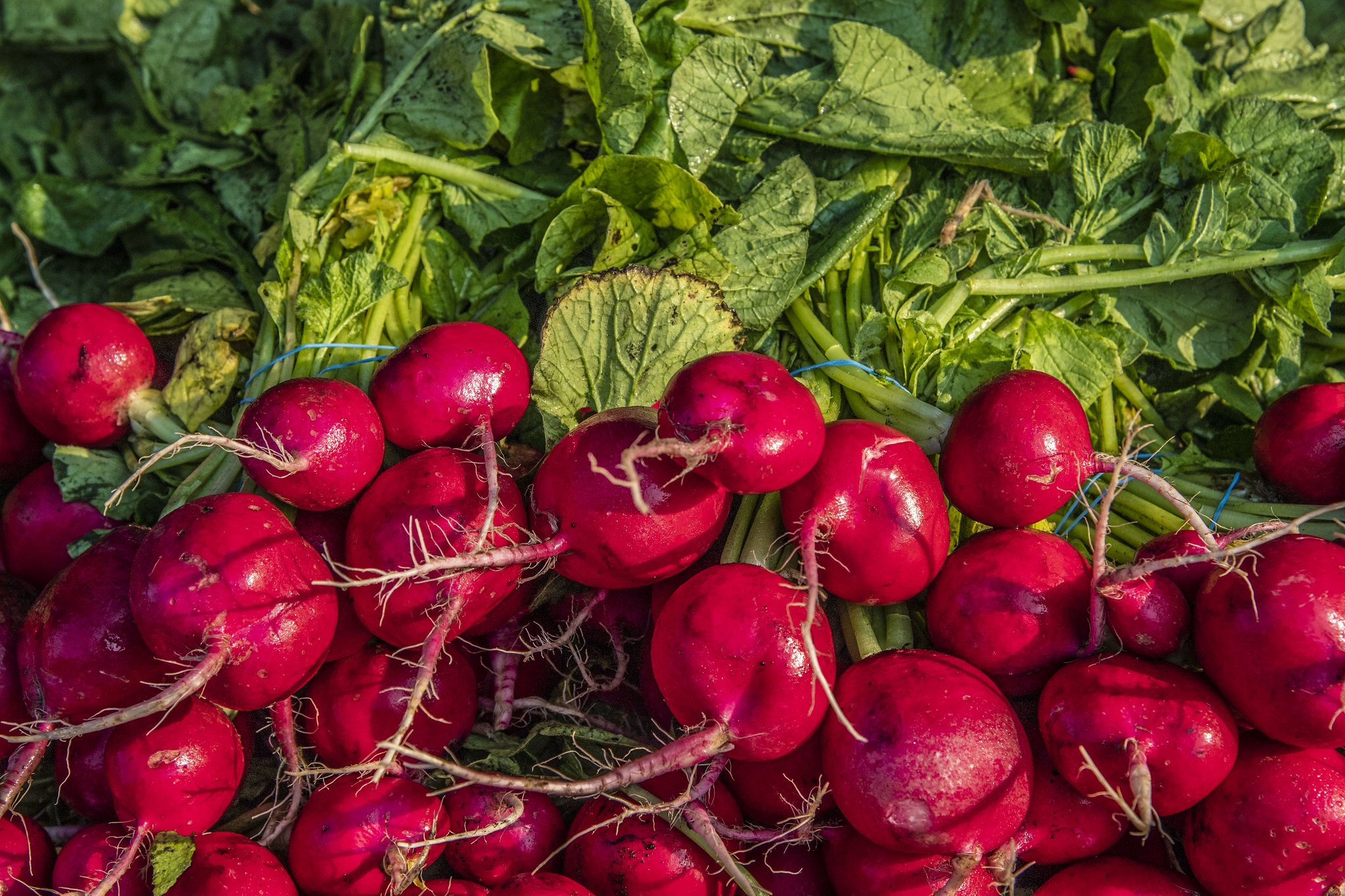Crops
 The effects of climate change on crop production will vary by region, and will largely be a factor of impacts on resources important to agricultural production, such as soil and water.
The effects of climate change on crop production will vary by region, and will largely be a factor of impacts on resources important to agricultural production, such as soil and water.
Soils provide a wide variety of ecosystem services, including regulating carbon through sequestration and providing a structure to support crop plants. Erosion of soil, the primary source for soil particles to leave agricultural fields, may increase in certain areas of the U.S. due to climate change. Some areas of the country will experience less rainfall, causing soils to dry out. Combined with higher winds, this may lead to higher rates of wind erosion. Other areas may experience more intensive rainstorms, which can increase erosion rates by washing out stream banks, for example. Other factors affecting soil erosion that may increase or decrease due to climate change include changing irrigation needs, snowmelt patterns, soil erodibility, conservation practices, and topography.
Continue to the full text Croplands in a Changing Climate or browse related content:
-
Soybean Expansion in South America: Quantifying Historical Land-Use Change, Modeling Socioeconomic Drivers and Projecting Future Trajectories
Finding practical solutions to balance food production and environmental conservation is a grand challenge the world…
-
The Impact of Investment on Irrigated Rice, Dryland Agriculture and Afforestation in Senegal using SAR and Optical Time-Series Imagery in Data Fusion Approaches
The West African Sahel and Sudanian region is an epicenter of land cover change hotspots which have not been…
-
Breeding drought-tolerant pearl millet using conventional and genomics approaches: Achievements and prospects
Reviewed and discoursed the advancements in conventional breeding, progress in genomic resources development and…
-
Climate-Resilient Hazelnuts in Oregon and Washington
Hazelnuts are a climate-resilient crop that could expand Oregon’s market for food, livestock feed, and bioenergy.
-
Northwest Pollinators and Climate Change
A summary of Northwest pollinators and their vulnerability to climate change.
-
Northwest Cover Crops for Climate Resilience
Cover crops can make farms more resilient to the impacts of climate change by enhancing soil health and water quality.
-
Northwest No-Till Farming for Climate Resilience
No-till farming keeps crop residues on farmland, protects soil, and limits the release of greenhouse gases.
-
Vulnerability Assessments of U.S. Agriculture and Forests (2018)
Two special issues in the journal Climatic Change feature vulnerability assessments of agriculture and forestry across…
-
Seaweed Farming in Alaska
Seaweed farming is emerging as a climate-smart maricultural practice that could thrive in Alaska’s nutrient rich waters…










